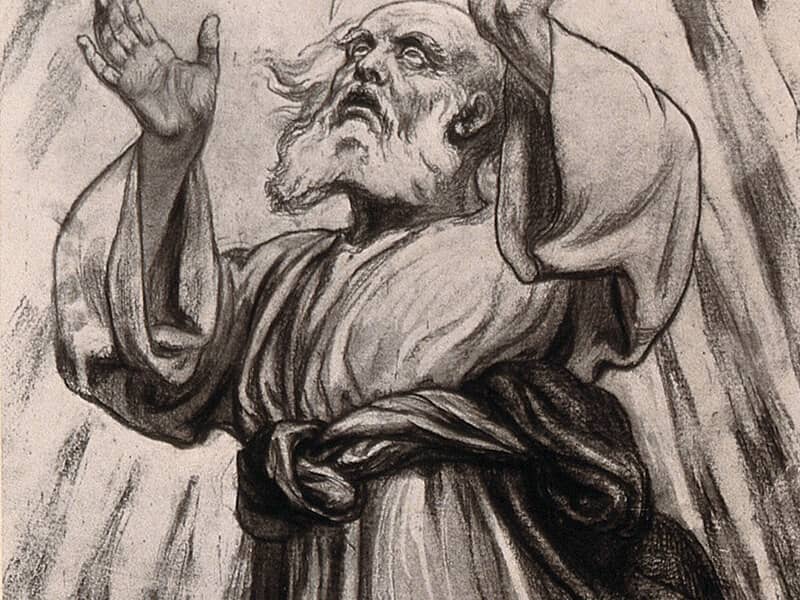Reprinted from Jewsweek.com with the permission of the author.
Why does Judaism give such prominence to trees? Among the very first mishnayot I studied as a boy was the tractate of Rosh Hashanah. I was startled to discover that there was actually a New Year for Trees celebrated on the day we know as Tu B'Shevat. Here I learned that we owe God our special gratitude for trees. For they are not merely scenery. They are caretakers of the earth, necessary, as ecologists confirm, for the preservation and nutrition of the soil, the provision of wood for building shelter and for creating fire. Perhaps such Jewish reverence is not unusual when it is recalled what ancient Israel looked like. In Biblical times much of the land was heavily forested and bore little resemblance to the denuded landscape Mark Twain described in his 1867 travel book Innocents Abroad.
The early Zionists understood this and one of the first undertakings of the early pioneers was a vigorous program of reforestation. That program became known as the Jewish National Fund. With all our divisions and ideological differences, the effort to rejuvenate the land with tree planting was the one Zionist program to win almost universal Jewish support.
I have my own story of a tree, but it is not from Israel. It is from Poland. In 1986 I planned a solo bicycle ride across Eastern Europe to visit the town in which my grandparents were born. My destination was Lomza, a city 100 miles northeast of Warsaw. Here I would seek out whatever remained of the Czmelewski family, whose name, but not memory, had been left behind when my grandparents immigrated to Australia in the 1920s. They had never returned and nor had any one of their descendants.
It was a long, grueling ride, a three-week journey. When I finally arrived, I spent a day vainly searching for a sign of my family's former existence. I asked dozens of shop owners and old men and women. Most of them were unable to recognize the name. In despair, I thought of the only place I might find a trace--the Jewish cemetery.
As I wandered among the waist high grass my heart sank. This cemetery was a ruin of a ruin. A few broken slabs here and there protruded above the grass, but they were overgrown with moss. Their stone faces wind-beaten and sun-scarred, their Yiddish lettering barely discernable. It was a scene of utter desolation. I turned to leave, but as I did I sensed that something remained undisclosed. Looking back, I noticed a thicket at the corner of the field, the only place in the cemetery I had yet to explore. As I drew closer I realized it was not a thicket at all, but actually a tree whose branches were lying close to the ground. Pushing aside the vegetation I had to hold my breath. Beneath this carapace lay an entire section of the cemetery, protected from both the elements and vandals. Within it stood tombstones erect and readable with Hebrew dates that went back centuries. Among these tombstones I found the grave of a Czmelweski.
I visited Australia that summer and told my grandmother about the experience. She was stunned. She remembered when they had planted the tree. She remembered how her uncle and others had bought it as part of an attempt to beautify the cemetery. When I described my discovery her eyes filled with tears. Yes, I told her, they had beautified the cemetery. It was one of the most beautiful places I had ever seen.
Soon after, she died. With her passed my last living connection to that town and my own Polish origins. Since then I have rarely thought of trees as a subject for thankfulness.
But in a forlorn and forgotten corner of the world I know a tree still stands sentinel over remnants of my heritage. And that, this Tu B'shevat, is a recollection worthy of my most enduring and deepest gratitude.

